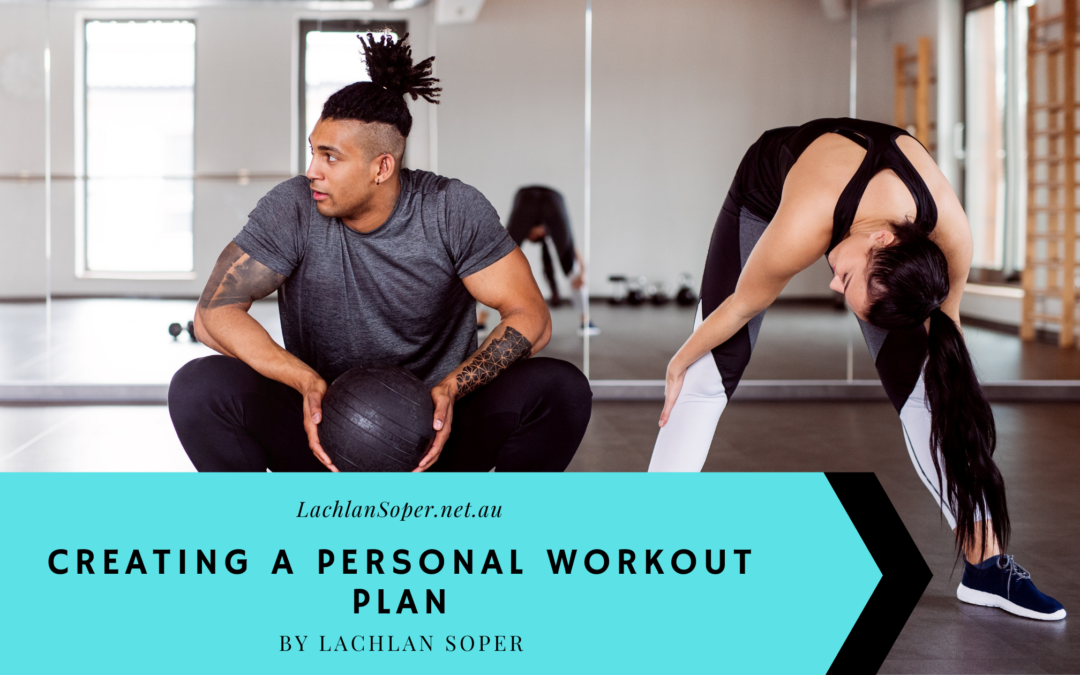If you’re new to exercise and have fitness goals set in mind, it can feel a bit intimidating to get started. Especially with media today, it’s hard to know what is right for your body and the difference between real and pseudoscience. Luckily, it doesn’t have to be that complicated. While it may take time to find what works best for your body, goals, and schedule, here are a few tips for beginners to create their own personal exercise plan:
Be Realistic About Your Fitness Level
Before setting off on your fitness journey, it’s important to assess your fitness level. Many make the mistake of taking on workouts that are too strenuous or not challenging enough, which can keep them from reaching their goals. To assess your fitness level and the workouts that are right for you, start by recording baseline fitness scores to give you benchmarks. This will help measure your progress and assess your cardio level, strength, flexibility, and body composition.
Areas to consider recording are your pulse rate before and immediately after walking 2 kilometres, how long it takes to walk or run 2 kilometres, the amount of standard or modified pushups you can perform, your time to ride your bike along certain segments of roads, and your body mass index. This will give you a measure of a baseline assessment of your fitness level.
Everyone has predispositions towards different forms of fitness and exercise. It’s important to look to do exercise that you enjoy and feel you will continue to enjoy for many years to come. If walking is your thing, then take baseline times and scores for various walks, if cycling is your thing then measure times for certain routes (Strava can be really good for this).
Determine Consistency
Not everyone has an hour each day to dedicate to exercising. While some people swear by always working out in the morning, some only have time at night, and that’s okay. Your consistency is often determined by your schedule. This is why it’s important to base your workout schedule around your usual day-to-day. When you’re able to fit in the time, you’ll be more consistent which will lead to better results.
When building your personal program, be sure to make it doable and realistic. You will need the right mixture of activity and rest. Take the time to write down a general workout schedule for Monday through Sunday. Try to aim for five workout days and two rest days. It’s also important to keep in mind that not every workout day has to be as intense as the others. Whatever five days you choose to workout, find a time of the day that works best and aim to do it no matter what. This will build up your consistency.
One way to schedule your exercise week is to have two days (eg: Saturday and Sunday) being longer and at a comfortable pace, Monday off (or do something different), Tuesday high intensity of shorter duration, Wednesday nice and easy, Thursday high intensity of shorter duration. Friday off or something different.
For the exercise science fans out there – that is termed as 2 days of Zone 4 and 3 days of zone 2 training. Aiming for 80% of your exercise at zone 2 (zone 2 is roughly guaged as either the pace of exercise that you can do while talking, or if you take your heart rate it is 180 minus your age as a maximum heart rate – eg: if you’re 45 years old, 180 minus 45 = 135 maximum heart rate for zone 2).
Creating Workout Routines
Once you have the schedule down, it’s time to decide the workout routine. Again, this doesn’t have to be too complicated. Any good workout routine will include a good mix of cardio and strength training, especially if you’re just starting out on your fitness journey. It’s good to mix things up every once in a while to ensure you won’t get bored or burn yourself out and that the stimulus is changed to your body. Try a variety of activities such as running, swimming, cycling, weight lifting, yoga, walking, kayaking and more. If you’re hitting all major muscle groups each week (upper body and lower body), you’re building a sufficient and effective workout routine.
